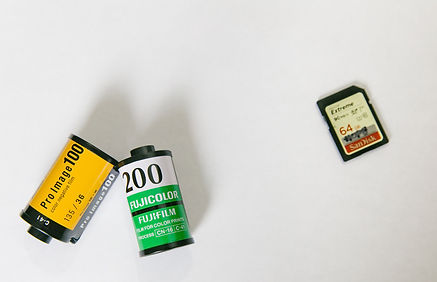
Medium Format
Medium format refers to the size of your roll of film (or if you’re talking digital, it’s the size of the camera sensor). It really just means that you are shooting on a bigger piece of film than you do with a 35mm camera. The increased size of medium format film means a much larger negative. This will give you finer details and less grain.
Choosing your Right Medium Format Camera
Twin Lens Reflex (TLRS)
TLRs use two objective lens of the same focal length. The photographic objective lens is the one that is used to take the picture. The other lens, called the view lens, is connected to the viewfinder. Most TLRs are fixed focal length, and the more expensive models may incorporate a rudimentary room function. Most TLRs use a leaf shutter system, resulting in high speeds, quiet operation and low shutter vibration. There are also close-up, wide angle and telephoto adapters for TLRs.
Some popular TLRS cameras are: Yashica MAT-124G, Rolleiflex 2.8F, Minolta Autocord and Mamiya C330


Rangefinder
Rangefinder cameras are medium format cameras with a range finder. This negates the waistline, viewing that most TLRs carry. They are also much smaller than TLRs, and allow for easier point and shoot photographs. They tend to have limited focusing ranges, and do not have lenses larger than 180mm or 200mm. Rangefinders are quieter and easier to focus in dim light. They are mostly fixed lens models, but higher range models also provide for interchangeability.
Some popular rangefinder cameras are: Fujica G690, Mamiya 6/7, Bronica RF645, Norita 66 and Pentax 67
WhatsApp Only: +65-8223-7153
Photo . Video . New . Used . Automobile . Lifestyle . Security
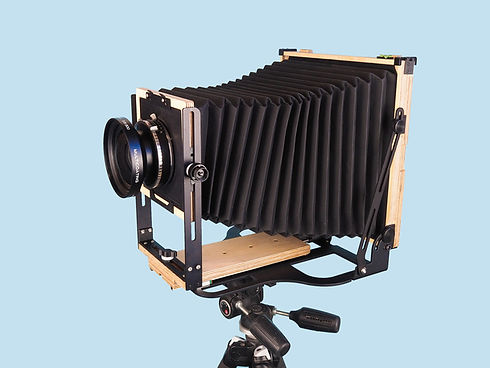
Large Format
Large format offers two big advantages over smaller format photography which are image control and minimisation of grain and enlargement. Large format film requires a lot more skill and practice as compared to the smaller film formats, therefor explaining the minute pool of expertise in the market today. Large format photography should only be proceeded for professional shooting due to the amount of time and expenses it takes.
Types of Large Format Camera
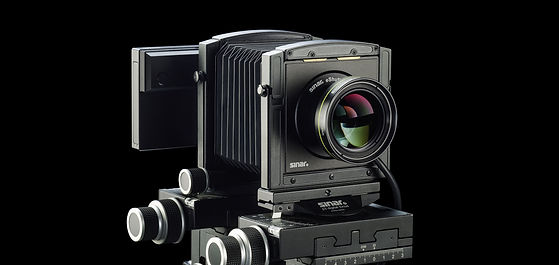
Studio Cameras
Studio cameras, often also known as monorail or technical cameras, tend to be designed to look like an optical bench. They usually have one rail (hence monorail that runs horizontally with the front and rear standards attached to it so that they can slide along the rail's length. The rail is mounted on a tripod or equivalent support. The front standard, rear standard, and the bellows tend to be detachable and modular, allowing interchangeability with other standards or accessories (such as extra-long bellows, bags, larger or smaller backs, etc). They also often have their movements marked and graduated so that the camera's position can be recorded and duplicated.
Popular studio cameras include offerings by Sinar, Calumet, Toyo and Horseman.
Field Cameras
Field cameras are the typical and classical view camera. A field camera is generally intended to be used outdoors. They are often designed to be rugged, lightweight, and compact. They usually have flat beds on the bottom that are hinged to the back (rear standard), which gives a very sturdy platform. They usually have limited or moderate movements and the flat bed folds up to protect the front.
Typical field cameras include offerings by Zone VI, the Toyo-field 45AII, the Horseman 45FA, and the Tachihara
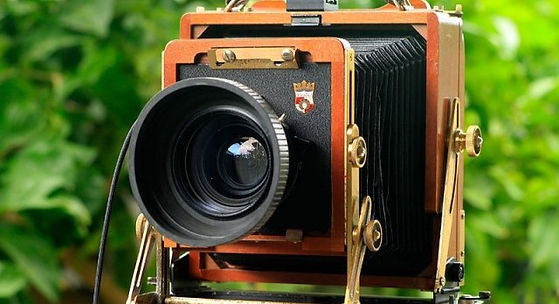
Press Cameras
Press cameras are fairly rare today—the name derives from large format cameras used by press (newspaper) photographers. They tend to have limited or no movements. They tend to be compact, lightweight, and rugged. The big differences between press cameras and traditional field cameras are that press cameras are meant be handholdable, are meant to be focused with a viewfinder instead of a ground glass back, and have limited or no movements.
Press cameras tended to be replaced by 35mm and medium format cameras.
Famous press cameras include those made by Linhof and Graflex
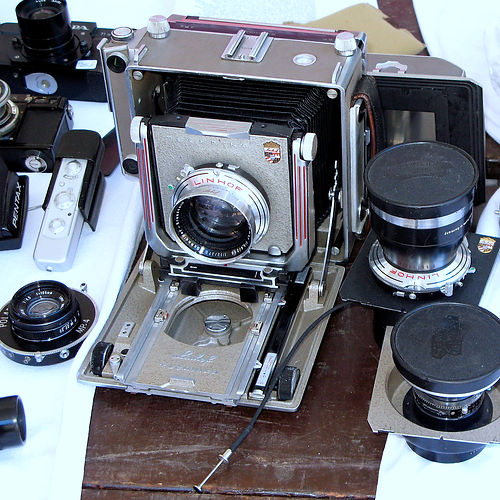
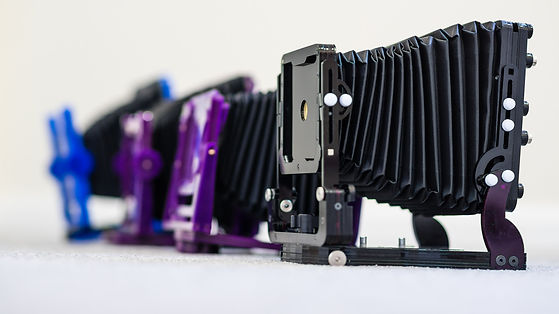
Technical Cameras
Technical cameras mean different things to different people. In the USA,the term usually is connected with a camera that typically used in industry to photograph processes or equipment. In the UK the term describes a studio camera as mentioned above. In both cases, a technical camera typically has markings that allow the camera's movement positions to be recorded and reset precisely. Many other view cameras have few or no markings for their adjustments.
Choosing your Own Film
Film used in large format film photography are commonly known as sheet film. Sheet film is typically measured in inches. The most common (and smallest) size is 4x5. The two other common sizes are 5x7 and 8x10. There are also less common sizes available, such as 11x14 (which many people like because it contact prints a large photo). Your camera size will determine the size of film you need. 4×5 is definitely the most common large format camera. When you shoot large format film you work at a much slower pace. This is partly to do with the cost of the film, as you have to make every shot count. And also partly to do with how the cameras function. Setting up and focussing a large format camera is a more involved process requiring more time and effort.
Beginner's List to Large Format
If you're just starting with film photography or are interested in it, our best advice would be to refrain from getting a large format camera. This is due to the steep learning curve and high cost that comes with it. Here is a list of things you will require if you are interested in large format photography.
- Camera
- Lens
- Film holders
- Heavy-duty Tripod
- Exposure meter
- Focusing Cloth
- Carrying Case
Alternatively you may learn more here.
